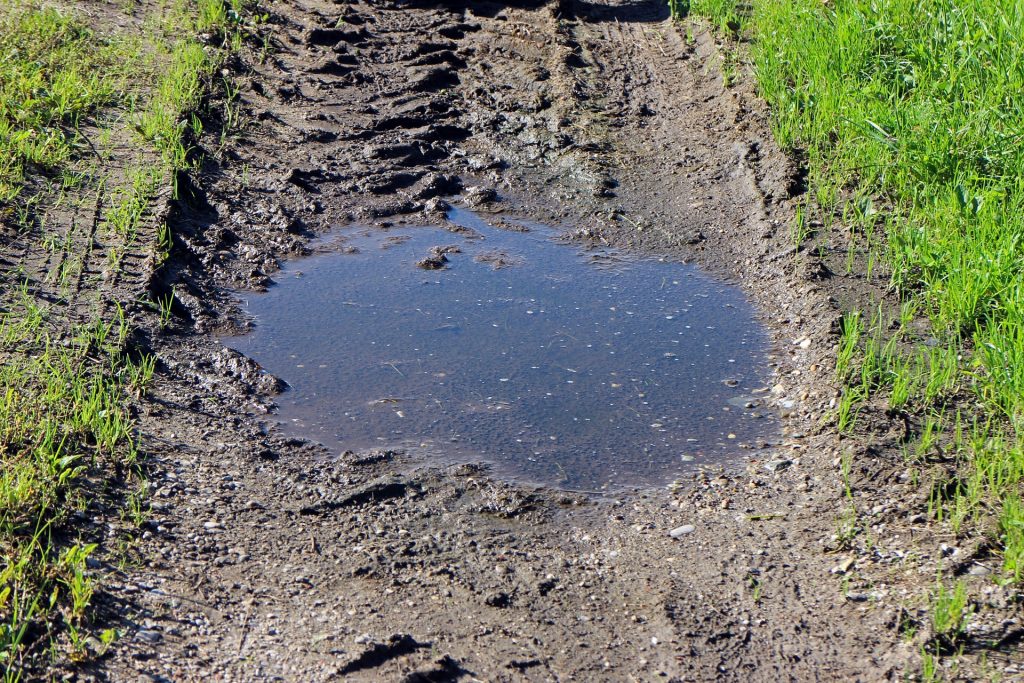
After intense California wildfires in 2017, Santa Barbara County suffered another disaster on January 9, 2018, when mudslides devastated the coastal community of Montecito. At least 21 people were killed and hundreds of homes and businesses destroyed. Highway 101 was shut down for 10 days, and thousands of residents were deeply affected by the tragedy and loss of income.
As Montecito residents, we mourn the loss and are offering free legal consultation to those affected.
The last thing anyone wants to think about is the potential for more disasters. But being prepared might help save lives in the future. Now that we know the danger, we can use this knowledge to stay a little safer.
Recipe for a Mudslide
Mudslides are natural disasters in which rainwater gets into loose soil, creating mud, which slides down a hill or other slope, picking up debris along the way, and eventually has enough power to uproot trees and to move boulders, cars, and homes. These disasters can happen in one of two ways: due to infiltration of rainwater into the ground, or because of surface erosion.
- Infiltration of Rainwater: This type of mudslide happens when rainwater gets into the ground and loosens things up, creating a slide. In California, this type of mudslide is historically less common, because wildfires actually reduce soil’s ability to be infiltrated by rainwater.
- Surface Erosion: More commonly, mudslides in California happen because of surface erosion. After wildfires, while rainwater cannot get into the ground as easily, the surface soil is often damaged and lacks plants to help absorb the rainwater. As the rain begins to move soil as mud, debris from fires worsens the situation and adds power to the mudslide.
The Thomas Fire, which was the biggest on record for California, destroyed the hillsides above Montecito. The heavy rains that came afterward forced the surface erosion, which ultimately led to the mudslides.
Be Prepared for Disaster
The best way to handle a mudslide is to know what to watch out for. If you live at the base of a mountain, hill, or other slope, watch for heavy rainfall in your area. Since wildfires create terrain in which mudslides happen more easily, be sure to clear away debris from a fire and keep an eye on local weather. Sign up for county alerts and heed evacuation warnings. Losing your belongings or home is terrible, but less so than losing your life.
When mudslides do occur, it is important to find out exactly where and why they happened. Powerful mudslides can close down roads and make areas virtually inaccessible. Watch for emergency alerts and contact local emergency and traffic services for updates on road conditions so that you know how to avoid areas that may be impassible. Additional mudslides can occur if heavy rainfall continues, so do not rush back into an area that might still be in danger.
After the danger has passed, work together with your local emergency services and community to rebuild and help people affected by the mudslides. As Kathy Janega-Dykes, president of Visit Santa Barbara, said recently, “Right now we need to be posting photos of the blue skies and the ocean. Get rid of all the photos that show the devastation, because we want our visitors to return.” When people come together, devastation can be overcome and a city rebuilt. At NordstrandBlack PC, we applaud the efforts of volunteers and local community leaders to overcome this tragedy. #SantaBarbaraGrateful and #SantaBarbaraShines.